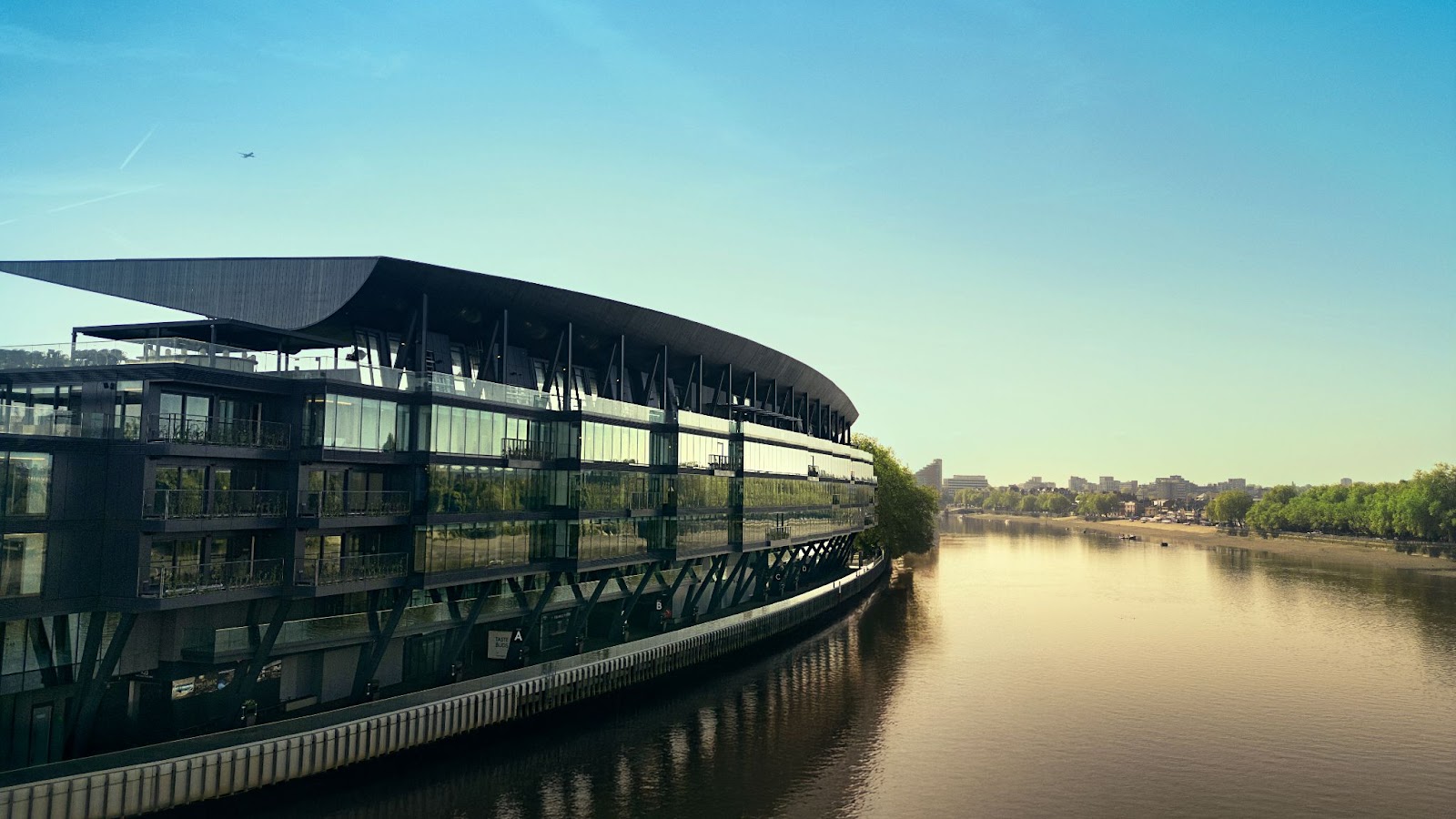Aneel Kilaire, associate facade consultant at Ramboll on the conflicts between the Approved Documents: Part L and Part O and questions the effectiveness of standards in balancing energy savings and embodied carbon.
How are architects, engineers and the construction industry as a whole developing solutions to maximise transparency while meeting energy performance targets? Why does transparency still matter today? And how can we manage and strike a balance between the tensions of optimum façade performance and embodied carbon?
Aneel Kilaire, associate facade consultant at Ramboll puts forward the challenges in meeting operational energy, overheating, and acoustic targets for residential developments. In a critique of the current regulations, Kilaire notes the conflicts between the Approved Documents: Part L (conservation of fuel and power) and Part O (overheating) and questions the effectiveness of standards in balancing energy savings and embodied carbon.
In many cases, he argues, the additional embodied carbon in a project is not paid back after 25 years – something which leads to the question: as the grid decarbonises, will it ever be paid back? In the wake of these points, Kilaire calls for a more holistic approach to building regulations and use of digital tools that can optimise the multi-faceted parameters of façade design and specification.














